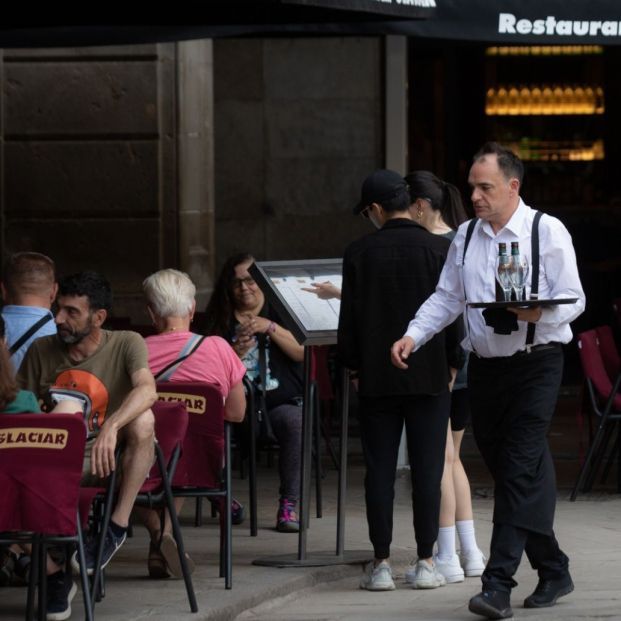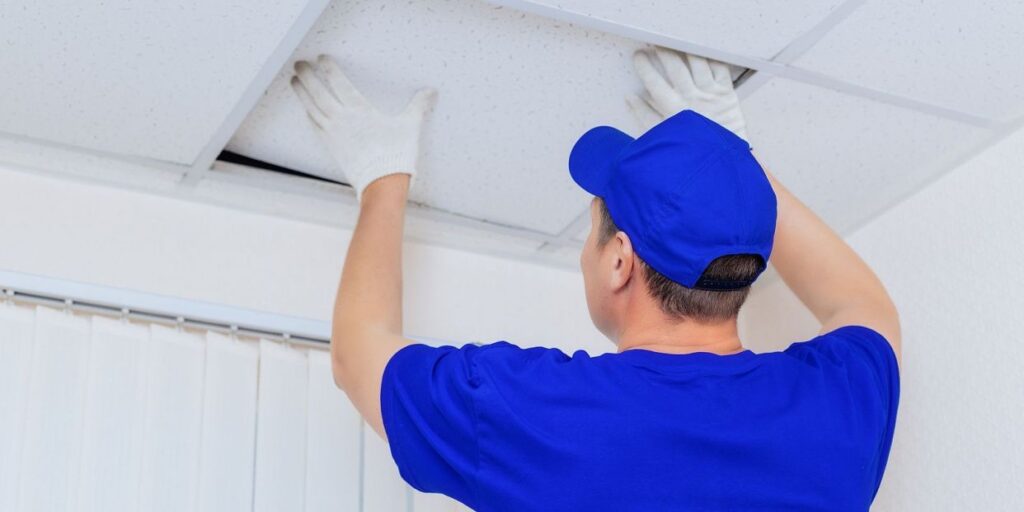Back to school in pensions: Flexible retirement and self-employed quotas, hot topics
The agreement on the new fees to be paid by the self-employed starting January 1 2026 seems to be still far from being a reality, based on the result of the Social Dialogue Table held this Monday between the Ministry of Social Security, the UGT and CCOO unions, the CEOE-Cepyme employers’ association and the self-employed organizations.
The Ministry, headed by Elma Saiz, has put forward a proposal for contribution brackets based on real income of the self-employed, with quota increases progressively to 2026-2031. It proposes to increase by 2026 the monthly payment of those who contribute to the minimum base between 17.37 euros and 206.24 euros.
– Within the reduced table, which includes the sections with the lowest income, the self-employed on a minimum basis with net returns of less than 670 euros per month would pay a share of 217.37 euros per month in 2026, compared to the current 200 euros, with a minimum base of 710.35 euros, in accordance with the Government’s initial approach.
For 2027, the monthly fee in this first section of the reduced table would rise to 234.73 euros and in 2028 it would rise to 252.10 euros.
– For the self-employed on a minimum basis with net returns of between 670 and 900 euros per month, the monthly fee would rise from the current 220 euros to 234.85 euros in 2026; to 249.70 euros in 2027 and to 264.56 euros in 2028.
– Net returns greater than 900 euros and up to 1,166.70 euros, would raise their current fee from 260 euros to 271.24 euros per month in 2026; to 282.47 euros in 2027 and to 293.71 euros in 2028.

Proposal for those who exceed 1,166.7 euros
With respect to the table of quotas proposed for self-employed workers with net income of more than 1,166.7 euros monthly (at this level there are 12 income brackets), the fees, if you contribute For a minimum base, they would range from 302 euros per month in the first tranche (net returns between 1,166.7 and 1,300 euros per month) up to 796.24 euros of the twelfth section (income over 6,000 euros), in contrast to the 291 and 590 euros, respectively, that the self-employed now pay.
For 2027, the quotas in these 12 sections of the general table, if quoted by the minimum base, would range between 313 and 1,002.49 euros.
In 2028, The fees would range from 324.01 to 1,208.73 euros per month, according to the Ministry’s proposal.
The Department headed by Elma Saiz proposes that the minimum bases and associated quotas follow the same linear evolution between 2028 and 2031.
ATA denounces the proposed increase: “Another blow”
The response of the majority self-employed organization, ATA (@autonomosata), has not been long in coming. Your president, Lorenzo Love (@lorenzoamor_ata), has exploded on social media against the proposal for new quotas, criticizing that the Government “lives in a real bubble”, oblivious to the reality that the self-employed are experiencing in Spain.
Amor has detailed some of the effects of quota increase that are now on the negotiating table. “The Ministry proposes that, for those self-employed who have annual income less than 3,000 euros, the contribution increases by 200 euros in a single year. In the case of self-employed people whose income is around 30,000 euros, the increase would be 450 euros a year, and those who aren above 38,000 euros, they would pay between 1,000 and 2,500 euros more per year in 2026,” Amor details.
I say it loud and clear so that it can be heard even in Egypt…
The proposal presented today by the Government to raise contributions for the self-employed in 2026 is a new blow
-Increase contributions next year by €200/year for those who do not earn even €3000
-€450/year to whoever earns…— Lorenzo Amor (@lorenzoamor_ata) October 13, 2025
For the president of ATA, the Government’s approach is inadmissible and is a “real blow to the self-employed”, so the proposal will not have “the endorsement of ATA at all.”
“The self-employed already pay enough to Social Security for what they receive,” denounces Lorenzo Amor, who also challenges the Government to prepare the Royal Decree-Law whenever it wants and take it to Congress, so that the political parties are the ones who “portray themselves.” Regarding another of the issues that is being negotiated right now, the cessation of activity, describes the Ministry’s proposal as “a new bluff that hardly changes anything.”
“If you are currently denying 60% of termination requests, With the new proposal, 40% or 50% would be denied,” predicts Lorenzo Amor.
UPTA: “The new quota table is similar to the current one”
Quite different is the perception of the organization of UPTA self-employed (@upta_es), which values the progress in the negotiation and affirms that the new section table looks similar to the one agreed in 2022 between unions, employers and the Government, although calls for some measures, among them, “establish a lower section to the lowest section that exists for freelancers in the artistic field or for content creators, as well as collecting the need for adapt these tables to economic situations that they can come.”
According to the president of UPTA, Eduardo Abad (@EDUARDOABADSABA) these very low contributions would only apply to people whose Annual income does not exceed 4,000 euros and who are already affiliated within other regimes.
Regarding another great demand of the group, the improvement of the cessation of activity, Abad has indicated that the Ministry of Social Security has proposed “substantial modifications”, major changes in the protective action for those self-employed with contingencies arising from common contingencies or professionals.
UPTA will send your proposal that same week, for improve the document that the Ministry provided themin order to discuss with “perfectly organized” documents what best suits the group of self-employed workers.


